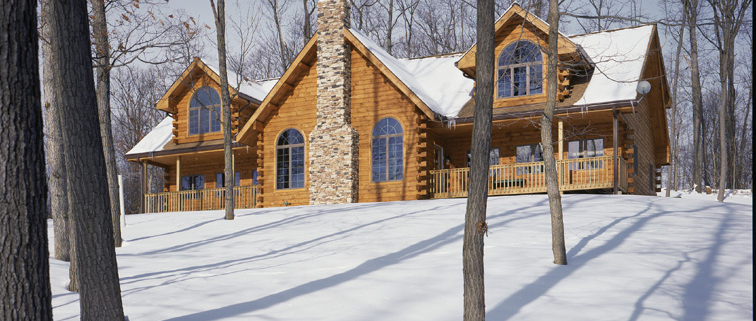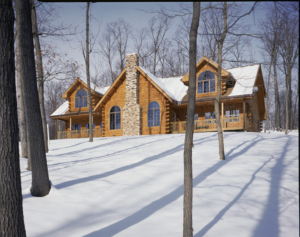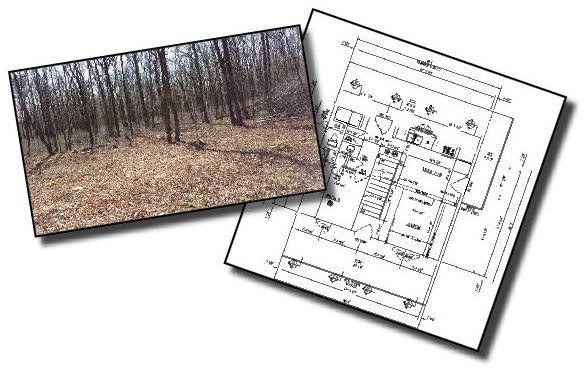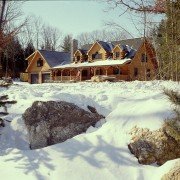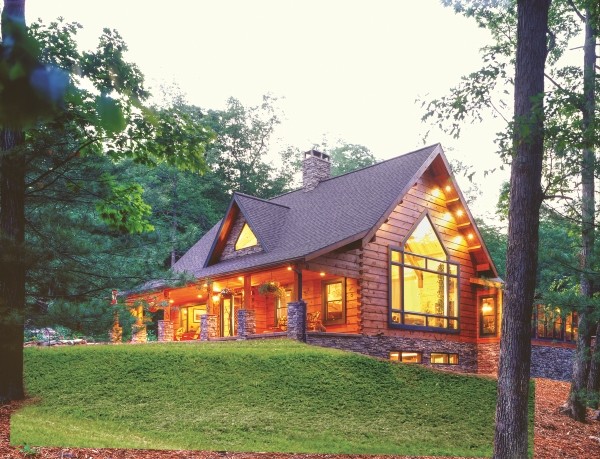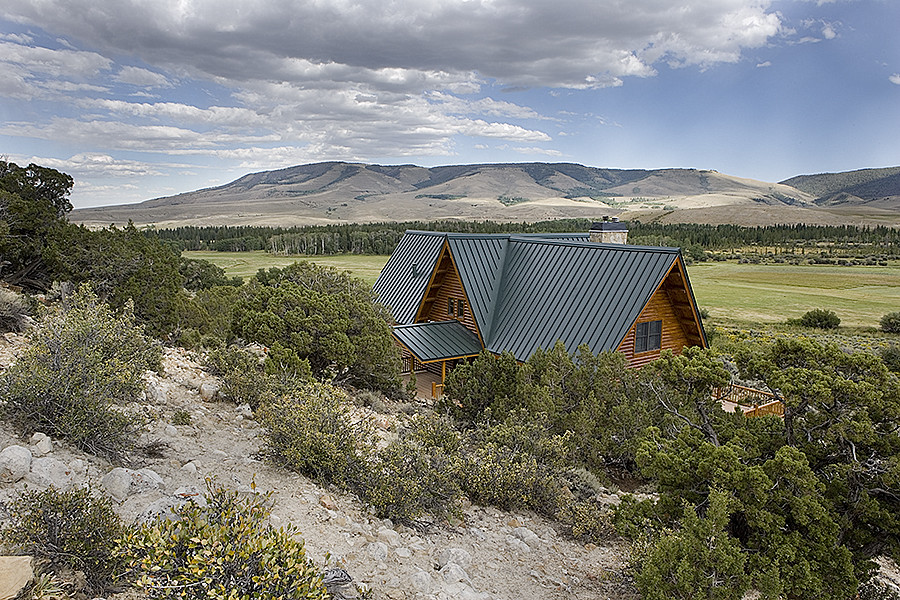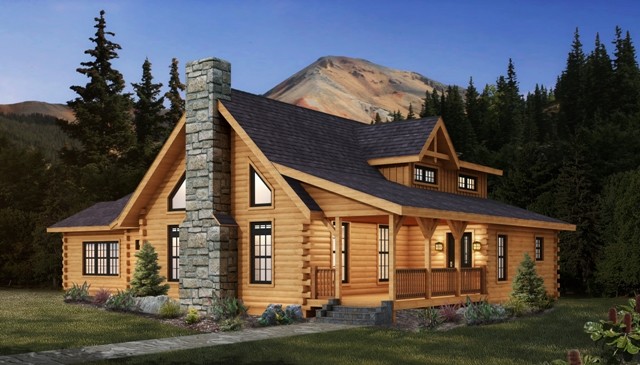The Importance of Maintaining Proper Humidity Levels
Whether you live in a conventional, log, or timber frame home — an important aspect of owning and caring for your home is maintaining proper humidity levels. This is true all year long but especially during the winter months when heat from the furnace and fireplace can rob your home of humidity. Too little humidity can cause scratchy throats, discomfort and make us more susceptible to colds and respiratory illness, not to mention the occasional static shock. (Ouch!) Too much humidity can establish a breeding ground for mold and mildew. (Eww!)
The good news is these problems can be reduced by monitoring and maintaining safe levels of humidity in your home.
Humidity Levels in New Homes
In most cases with a home that has been newly constructed, humidity levels will be high for a period of time. This is typically due to masonry or concrete from your fireplace and /or basement releasing moisture as it cures. This abundance of moisture will often manifest itself as condensation builds up on windows and glass on doors. (We’ve been getting lots of calls about this topic this year.) In addition, tongue and groove paneling or other wood products in your home may absorb this moisture and swell. As the masonry products continue to cure, humidity levels will become reduced. However, in the meantime, if this story sounds familiar, you need a dehumidifier!
The amount of humidity fluctuation can vary widely so it is imperative to be diligent in monitoring the relative humidity in any home. For example, a new log home may exhibit condensation on the windows, but a few months after that or during the next heating season, under what one would believe to be the same conditions, there may be no condensation. This is a critical time in the life of a new log home, and proper conditioning can pay big benefits toward the future of your home.
This brings us to the next logical question: How do we monitor and stabilize the humidity levels?
Monitoring and Stabilizing Humidity Levels
First thing’s first: You need a hygrometer. Hygrometers are designed to monitor these levels and are available at your local hardware store or Wal-Mart. They range in price from $25 – $75.
Ideally, humidity levels should be kept as high as possible without creating condensation issues. The recommended range is between 35–50% — specifically, 35-40% in the winter and 40-50% in the summer.
If your range is too high, use a dehumidifier — or a humidifier if it’s too low – and adjust device usage accordingly. You may also give consideration to installing a permanent humidifier directly to your furnace. Once properly adjusted, these units will automatically control the proper levels within your home.
The Effects of Healthy Humidity Levels
By monitoring and maintaining your home’s humidity levels, you’ll not only ensure your family’s comfort, but you’ll also ensure the stability and good health of the wood in your Timberhaven log home or timber frame home.
Respectfully yours,
Dr. Kiln-Dry
Dr. Kiln-Dry is an expert in the log & timber home industry. He specializes in kiln drying techniques and laminating processes. If you have a specific question for Dr. Kiln Dry, please let us know.

